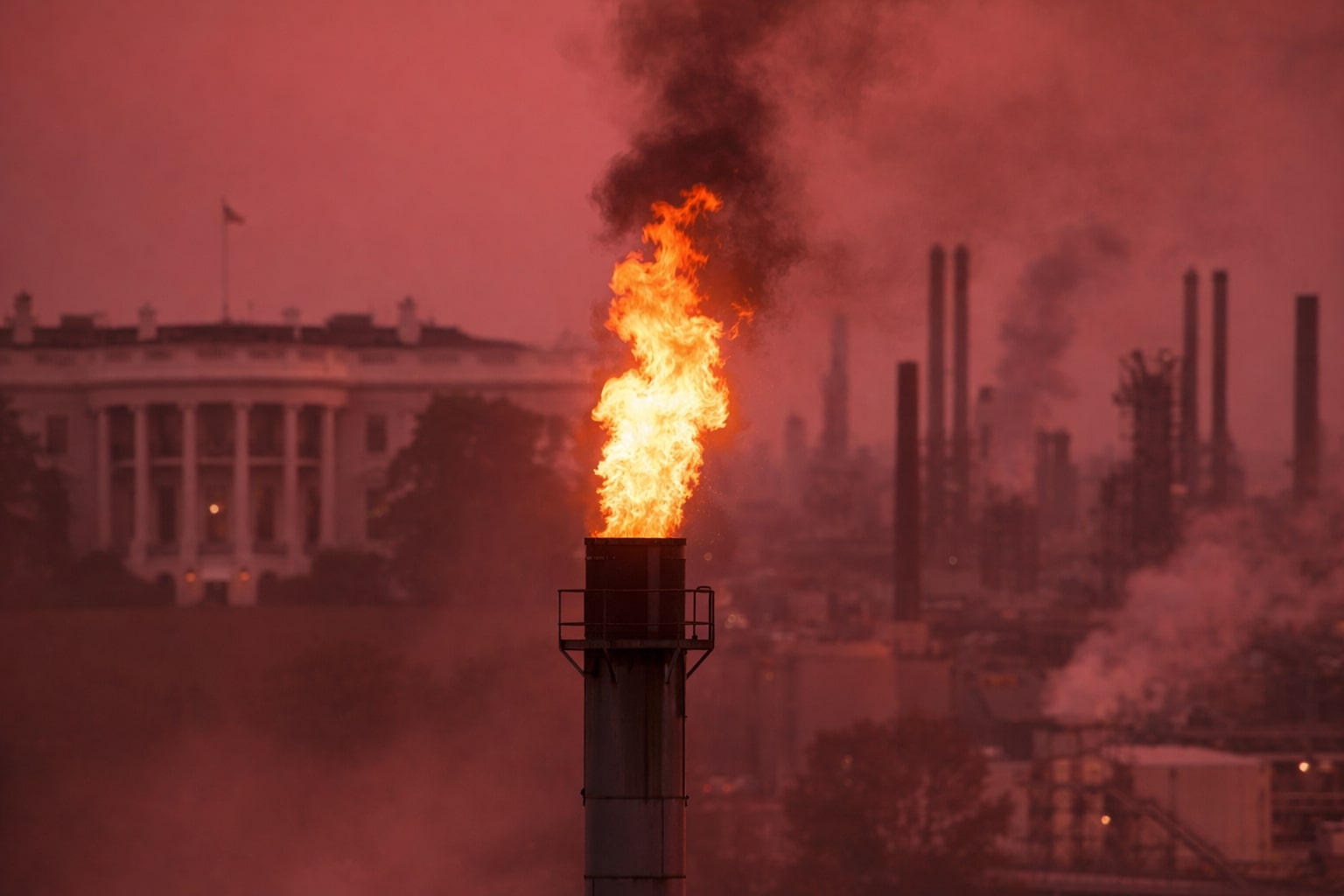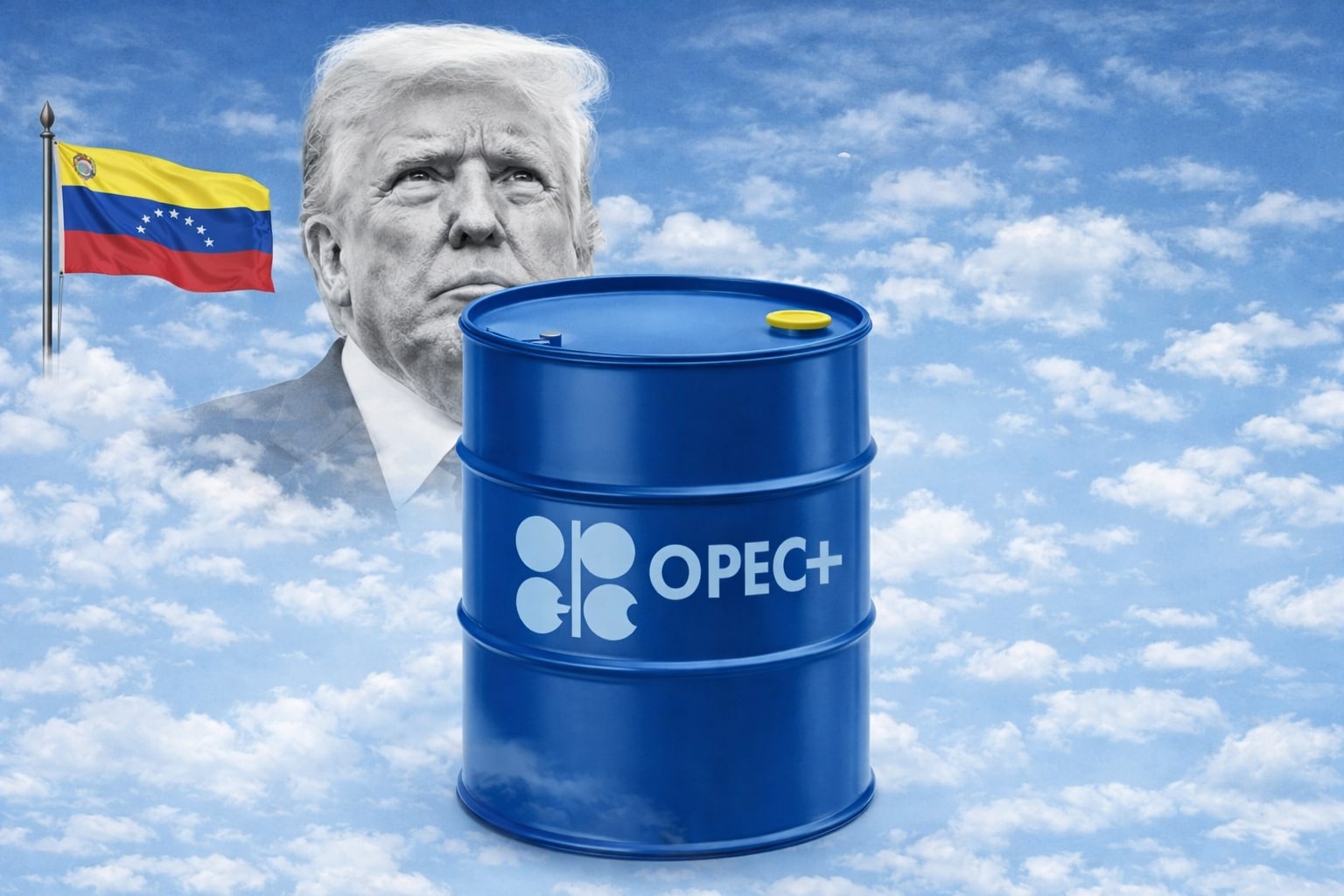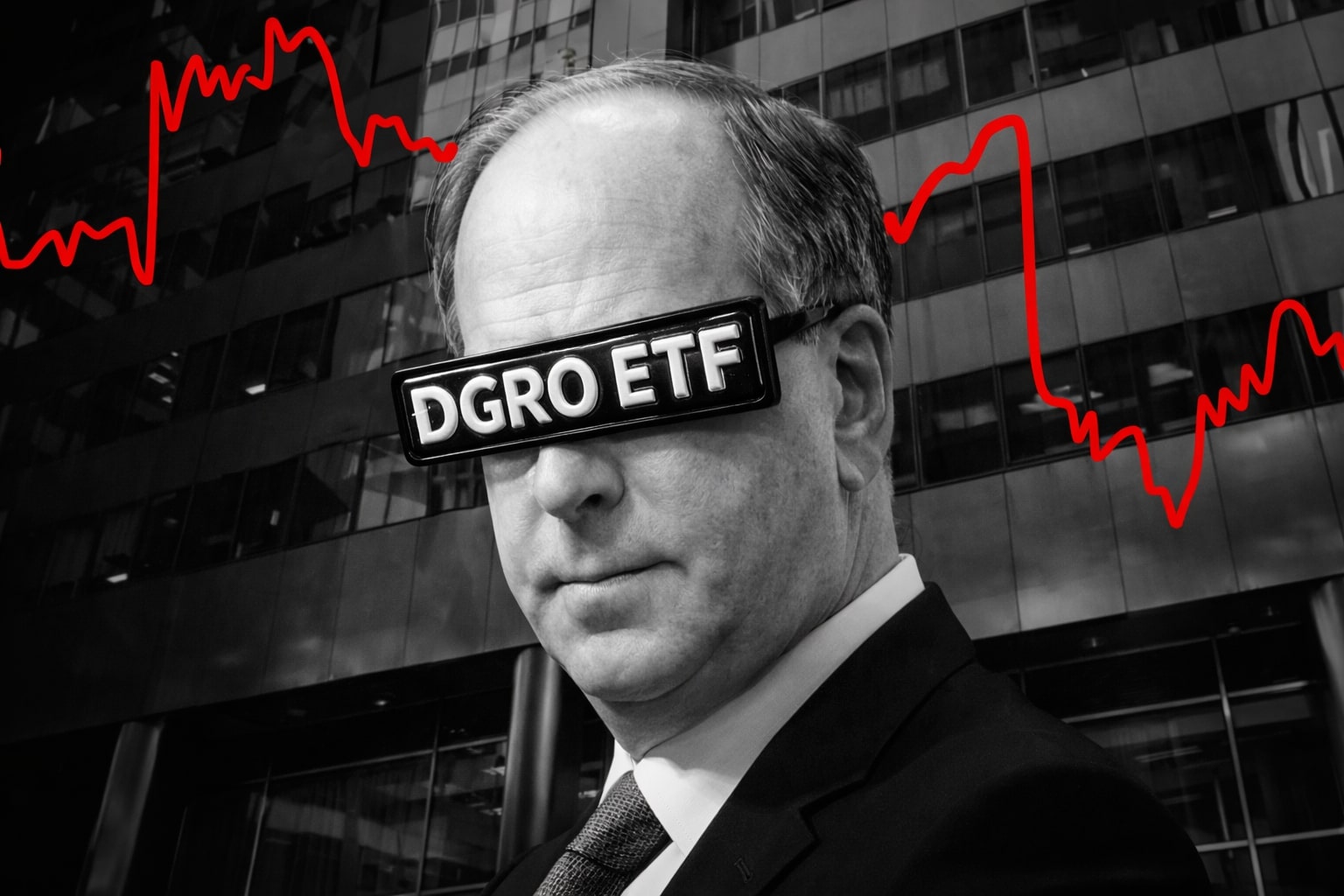
Brent Crude (BZ=F) Steadies at $61 as BofA Defends $55 Floor and Citi Warns of $50 Collapse
Oil prices remain pressured near $61.29 for Brent and $57.54 for WTI as OPEC+ output expands and global inventories rise. Citi’s $50 bear case clashes with BofA’s $55 support | That's TradingNEWS
Brent and WTI Face Diverging Paths Amid Demand Uncertainty
Brent crude (BZ=F) and West Texas Intermediate (CL=F) ended the week mixed, with Brent up 0.38% at $61.29 and WTI edging 0.14% higher to $57.54. Despite these small gains, both benchmarks remain down roughly 18% for the year as global inventories swell and traders brace for a potential test of the $55–$50 range. Citi’s latest outlook cautioned that easing geopolitical tensions between Russia and Ukraine could accelerate a drop toward $50 Brent, while BofA Global Research reaffirmed its view of a $55 floor, citing steady demand and OPEC+’s willingness to defend price stability.
Citi’s $50 Bearish Thesis Faces Supply Reality Check
Citigroup’s forecast reflects growing skepticism about a sustained rebound. Senior strategist Eric Lee argued that de-escalation in Eastern Europe could trigger a “faster move” toward $50 as speculative longs unwind. However, that thesis is being challenged by supply discipline from Saudi Arabia and resilient demand from China, which continues to replenish strategic reserves. Despite rising global stocks — with Vortexa data showing 1.2 billion barrels of crude at sea, the highest since 2016 — consistent Asian buying and U.S. refilling of its Strategic Petroleum Reserve (SPR) have prevented a price collapse.
BofA Sees Brent Bottoming Near $55 as Long-Term Contango Deepens
Bank of America takes a more structured view, projecting Brent to average $61 in Q4 2025 and $64 in early 2026, anchored by a price floor near $55. Analysts note an unusual $4-per-barrel long-term contango, where longer-dated contracts trade higher than near-term ones, signaling oversupply expectations for 2026. This structure contrasts with short-term backwardation, suggesting traders anticipate tighter conditions now but looser balances ahead. BofA attributes this anomaly to OPEC+’s quota expansion of four million barrels per day (bpd) through mid-2026 and slowing global demand growth.
OPEC+ Output Growth and U.S. Shale Expansion Pressure Prices
OPEC+’s cautious production increase remains a double-edged sword. While higher output curbs inflationary pressures for consuming nations, it has also capped prices below the $65–$70 range seen earlier in 2025. The cartel’s collective production now exceeds 41 million bpd, with Saudi Arabia and Russia maintaining a leadership role despite policy friction. Meanwhile, U.S. shale output has quietly surged past 13.3 million bpd, offsetting recent OPEC+ cuts. Analysts at Citi warn that if both blocs maintain production, Brent could slip below $55 within weeks, particularly if Asian demand falters or trade tensions with China intensify.
China’s Stockpiling and Trade Tensions Add Market Volatility
China’s energy behavior continues to dominate sentiment. The nation’s ongoing strategic stockpiling has temporarily absorbed excess supply, yet renewed trade friction with Washington — including U.S. threats of new tariffs and Chinese rare earth export restrictions — could undercut growth. Beijing’s imports from Russia remain elevated at 1.9 million bpd, while India, despite U.S. pressure, has resisted cutting Russian oil inflows. This geopolitical tug-of-war keeps Brent locked between $60–$63, with traders unwilling to price in a sustainable breakout.
Macroeconomic Drivers: Inflation, Refinery Outages, and Supply Chain Tensions
Macroeconomic dynamics are adding layers of complexity. U.S. inflation readings remain elevated, limiting the Federal Reserve’s flexibility for aggressive rate cuts, while refinery outages — including BP’s Whiting refinery — have disrupted domestic supply. In Europe, the IEA warned of a potential oil glut into 2026, contrasting sharply with Saudi Aramco’s assertion that chronic underinvestment could soon trigger a global supply crunch. This divergence underscores how sentiment remains split between near-term oversupply and long-term scarcity.
Technical Outlook: Brent Faces Resistance at $63.50, Support at $55.00
From a technical perspective, Brent (BZ=F) remains trapped between major resistance at $63.50–$64.00 and support at $55.00. A break below $55 could validate Citi’s bear case, while a push above $64 would confirm BofA’s stabilization thesis. The 200-day moving average near $61.20 is acting as a pivotal zone. Momentum indicators show short-term oversold signals easing, suggesting consolidation rather than freefall, but volume remains thin, highlighting fragile conviction among both bulls and bears.
Read More
-
DGRO ETF Price: Is DGRO at $69.17 Still the Better Dividend-Growth Bet?
17.12.2025 · TradingNEWS ArchiveStocks
-
XRP Price Stuck Below $2 As XRPI at $10.74 and XRPR at $15.26 Ride $1B+ ETF Inflows
17.12.2025 · TradingNEWS ArchiveCrypto
-
Natural Gas Price Forecast - NG=F Steady Near $4 as TTF Jumps on Colder Forecasts and LNG Outage Risk
17.12.2025 · TradingNEWS ArchiveCommodities
-
USD/JPY Price Forecast: USDJPY=X 155.50 Pivot Before BoJ Hike and US CPI
17.12.2025 · TradingNEWS ArchiveForex
Investment Outlook: Positioning for a Long-Term Recovery
For institutional investors, the divergence between short-term sentiment and long-term fundamentals opens tactical opportunities. Energy equities, particularly integrated majors like ExxonMobil (NYSE:XOM) and Chevron (NYSE:CVX), are pricing in Brent at around $58–$60, implying that downside risk is largely embedded. If Brent stabilizes above $60, these equities could outperform broader markets into 2026. However, a confirmed breach below $55 could reignite value compression across the sector.
Verdict: Hold Bias with Downside Vigilance
Given the balance of risks, Brent and WTI prices appear poised for consolidation rather than collapse. The $55 Brent floor projected by BofA aligns with structural support zones, while Citi’s $50 bear case seems premature given current OPEC+ discipline and Asian demand. The prevailing market setup supports a Hold stance on crude exposure — bearish momentum is fading, but macro headwinds remain unresolved. A sustained breakout above $64 would shift the outlook to Bullish, while a weekly close below $55 would confirm a deeper correction toward $50.



















